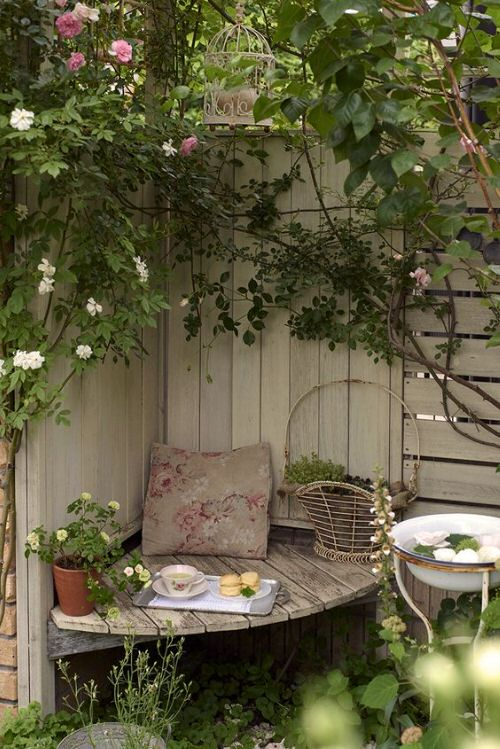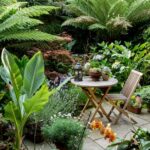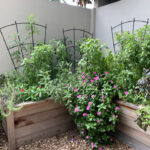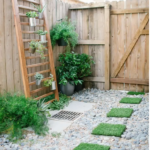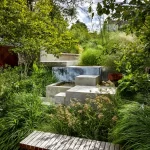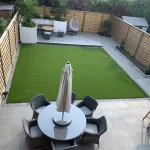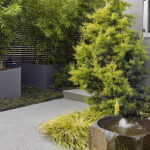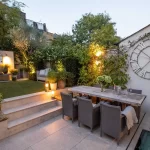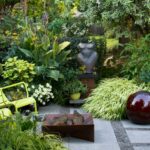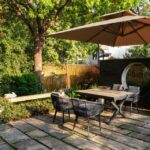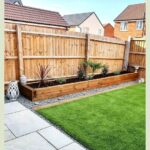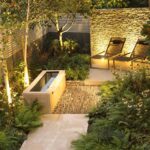When it comes to small garden design, creativity and efficiency are key. With limited space, every inch counts, so it’s important to make the most of what you have. One of the first things to consider is the layout of your garden. Opt for a simple and organized design that maximizes the available space. This could involve creating planting beds along the perimeter of the garden or utilizing vertical space for hanging plants or trellises.
Another important aspect of small garden design is choosing the right plants. Selecting plants that are well-suited to the size of your garden and the amount of sunlight it receives is crucial. Opt for plants that are compact and low-maintenance, such as dwarf varieties of shrubs and flowers. Consider using a mix of annuals and perennials to ensure year-round interest in your garden.
Incorporating elements of design, such as pathways and focal points, can help to create a sense of cohesion and visual interest in a small garden. A well-placed pathway can help to divide up the space and create a sense of flow, while a focal point – such as a water feature or sculpture – can draw the eye and add personality to the garden.
When it comes to small garden design, less is often more. Avoid overcrowding your garden with too many plants or decorations, as this can make the space feel cluttered and overwhelming. Instead, opt for a few carefully chosen elements that will have the most impact. Remember to leave some empty space in your garden design to allow the plants to breathe and grow.
One effective way to maximize space in a small garden is to incorporate vertical gardening techniques. This can involve using trellises, arbors, or hanging planters to add dimension and interest to your garden. Vertical gardening not only makes the most of limited space but also allows for creative planting solutions, such as growing herbs or vegetables in a small vertical garden.
Lastly, don’t forget to consider the overall maintenance requirements of your small garden. Opt for low-maintenance plants and design elements to minimize the amount of time and effort required to keep your garden looking its best. By choosing the right plants, layout, and design elements, you can create a beautiful and functional small garden that will bring joy and tranquility to your outdoor space.
